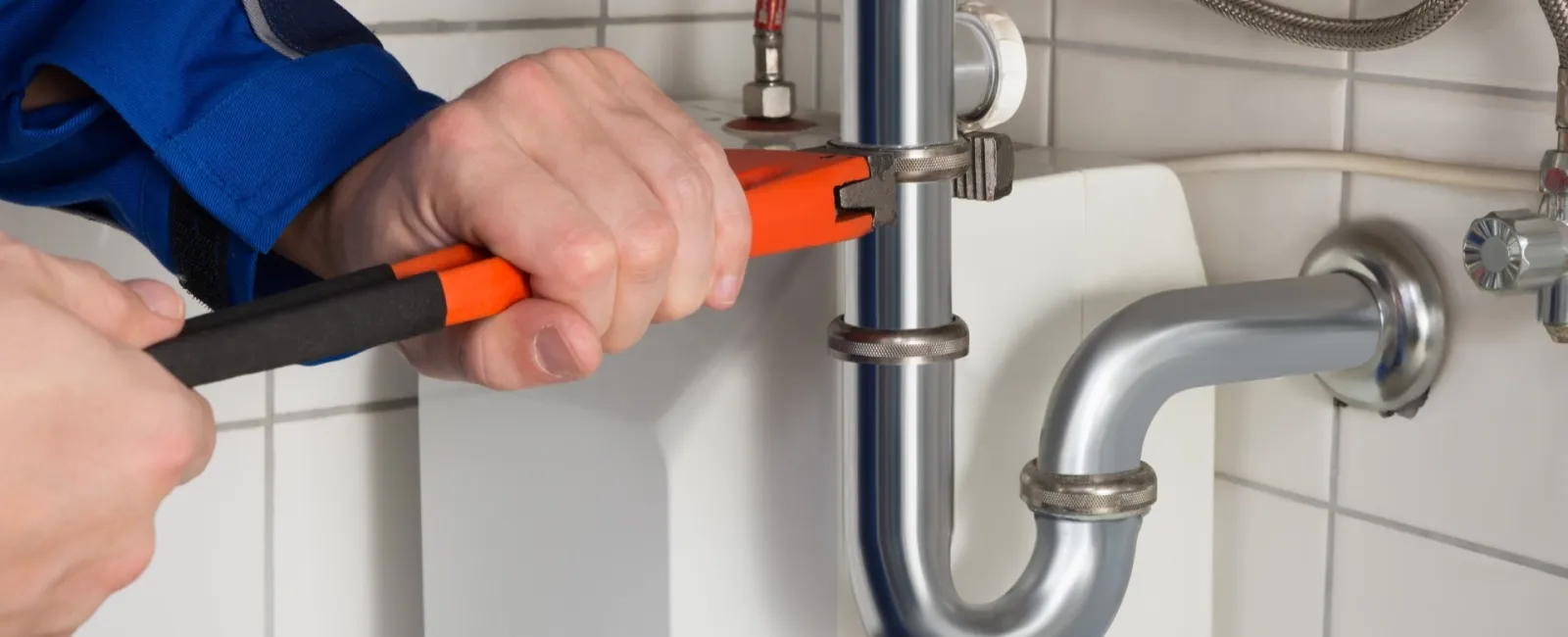A water heater provides your home with a continuous supply of hot water. As with any plumbing fixture, it can develop leaks that you must address to minimize potential damage. Before you can fix any water heater leaks, you must first determine where the leak is coming from. Common culprits include the temperature and pressure relief (T&P) valve, the water heater tank, the drain valve and areas around fittings and connections.
T&P valve
This is a safety valve designed to alleviate excess temperature and pressure in the water heater tank. If the pressure and temperature exceed preset levels, the valve opens to discharge water and to relieve the pressure. Faulty or corroded T&P valves often fail to close after a discharge or test. When this happens, the valve must be cleaned or replaced.
Water heater tank
As a water heater ages, the tank can develop leaks from excessive pressure and/or rust and corrosion. If water appears to be seeping from the seams of the outer casing (usually near the bottom), there is a good chance that the tank is beginning to fail. Unfortunately, a leaking water heater tank means the entire appliance must be replaced.
Fittings and connections
Water heater leaks can develop in the supply lines attached to the appliance. A water heater includes both an incoming cold-water supply line and an outgoing hot-water line. The water lines connect to the water heater in several arrays, depending on how it was originally installed. Today's water heater installations incorporate braided supply lines that connect to both the appliance itself and the shut-off valves attached to the water lines. Older installations might be connected with soldered copper, PVC or even galvanized pipe. If you notice pools of water on top of the water heater, examine the supply lines for possible leaks.
Drain valve leak
The drain valve, located near the bottom of the tank, is used to flush sediment or drain the water heater tank. It is not uncommon for a leak to develop in the valve. Depending on the type of valve — brass or plastic — you must replace the rubber washer or the entire valve to stop the leak.
Now that you know where to look annoying water heater leaks, the next step is to repair it. Although some repairs are easy, others require experience and extensive plumbing knowledge to ensure a safe and correct repair, and to avoid damaging the appliance or home. Best to leave the repairs to the professionals and call a licensed plumber.
Image source: Flickr
